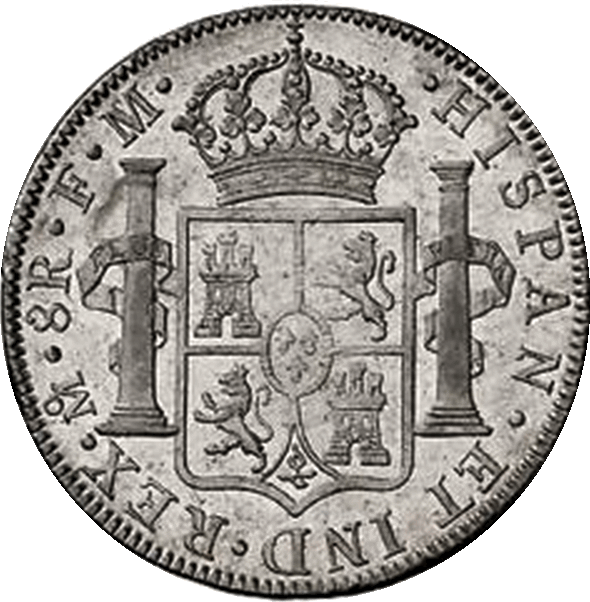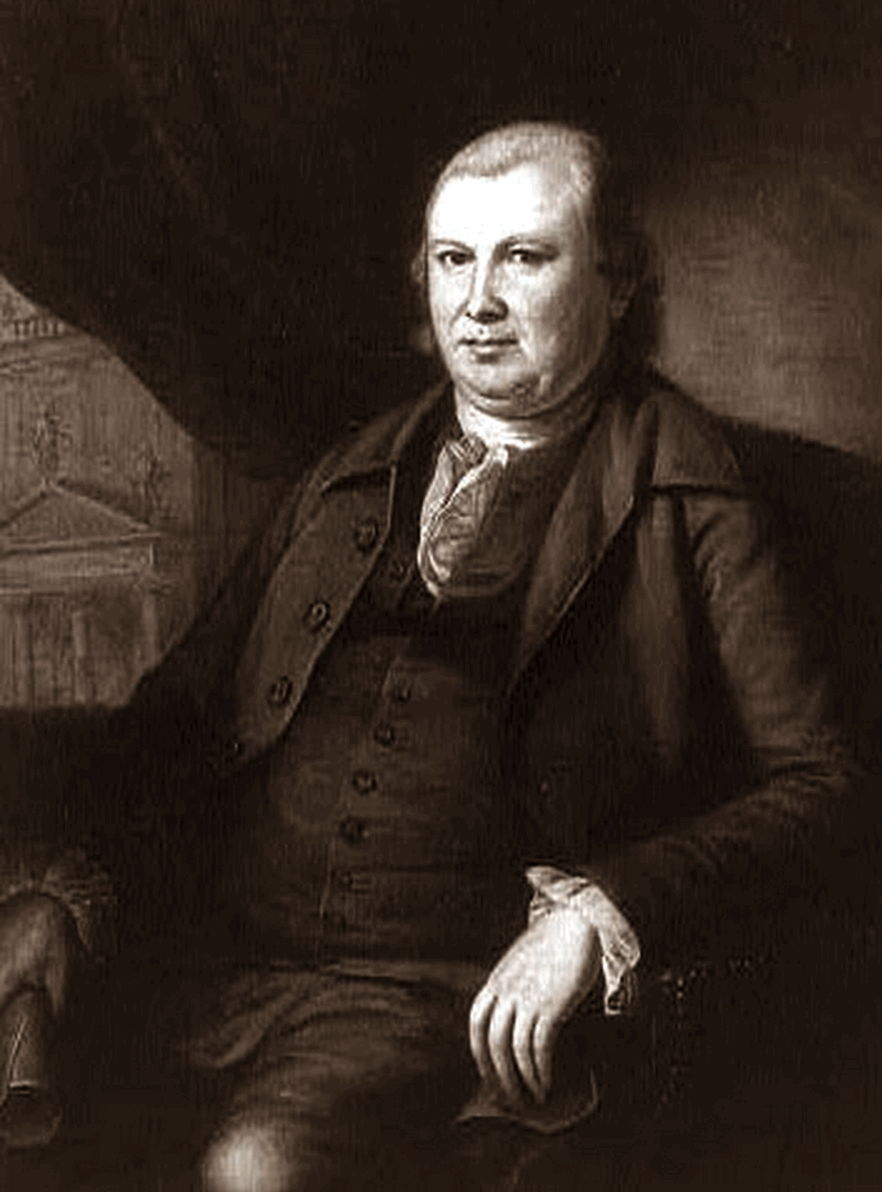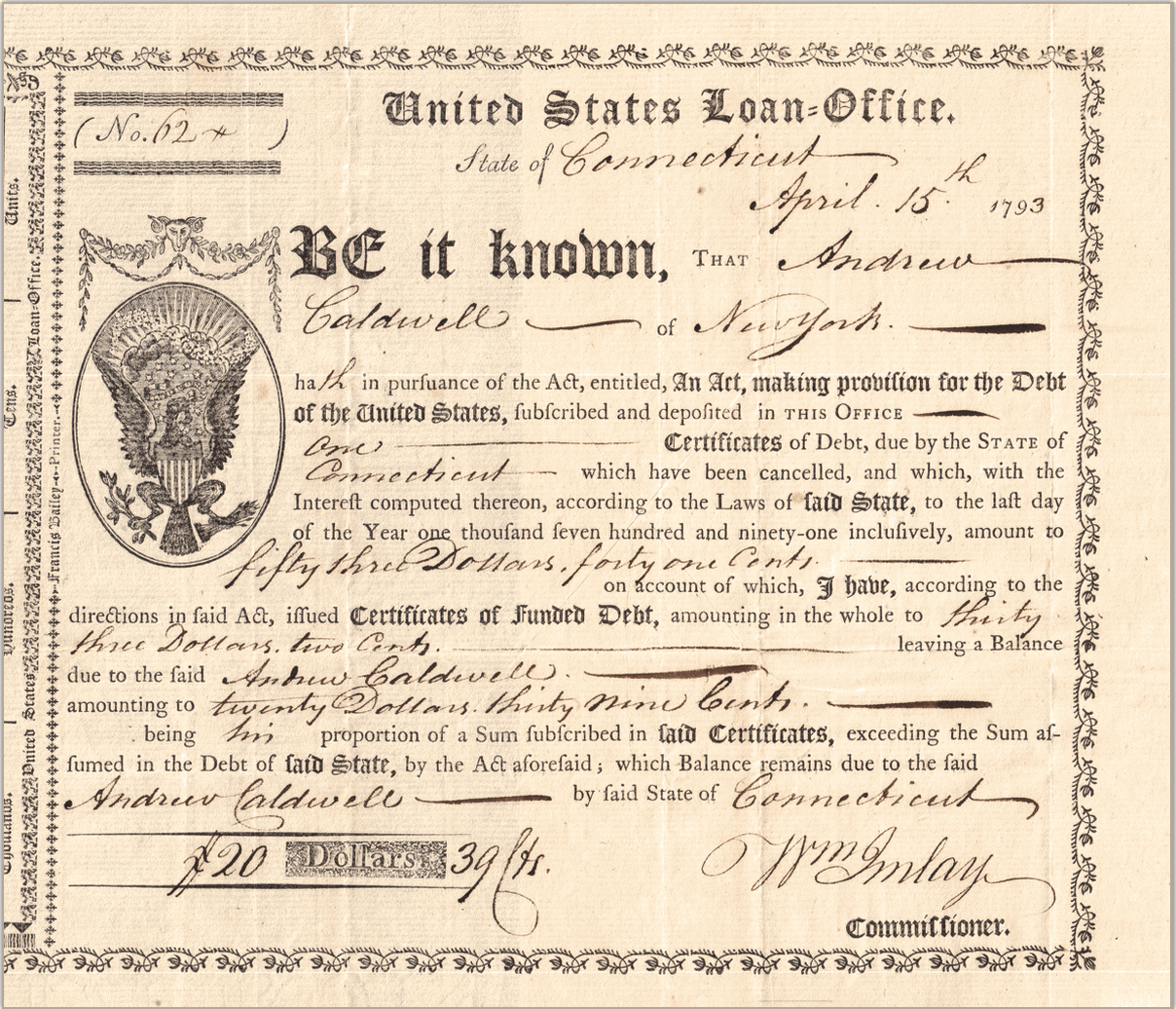A New American Nation
The prominent numismatic historian Gene Hessler once wrote, “The American Revolution was fought with two of the most important weapons of war: gunpowder and the printing press.” To break away from the mighty British Empire, the colonies would not only need to take up arms against the English, they would need to establish a financial system capable of sustaining the demands of waging what would be an eight-year war. And so on June 3, 1775, eleven days before it voted to create the Continental Army, the Second Continental Congress authorized the nation’s first domestic loan of £ 6,000,000.

This 1776 Thirty-Dollar Bill entitled its bearer to receive Spanish milled dollars, or the equivalent in gold or silver currency. Paper money issued during the Revolutionary War often referenced Spanish dollars, in part as protest against the British pound.
In addition to authorizing loans to pay for expenses, there would be a need to issue paper currency. Hard money (specie) was in very short supply within the colonies, and so on over three dozen separate occasions, the Continental Congress would authorize a new round of notes. This paper money was in addition to the bills of credit that the individual colonies were issuing themselves. In total, it is estimated that the Continental Congress would issue approximately $240 million in currency, with the individual colonies having an additional $200 million in bills of credit outstanding by the end of the war. Needing more money to fight the British, the Continental Congress would authorize a second loan in October of 1776. This loan would be denominated in dollars in the amount of $5,000,000. Each of the colonies would have its own loan office with an appointed commissioner.

This Spanish Dollar, (Spanish real), was a silver coin used throughout Europe and the Americas. It would serve as legal tender first in the colonies and then in the United States, until the Coinage Act of 1857 which repealed the legal tender status of foreign money.
In addition to borrowing from within the colonies, the Continental Congress sought to borrow money from foreign individuals and nations sympathetic to America's cause. France was a source for a great deal of the needed funds. Benjamin Franklin, who was in Paris at the time acting on behalf of the United States, help to secure a loan of 1,000,000 livres tournois, (French currency). By the signing of the Treaty of Paris in 1783, which concluded the war, the United States had accumulated some $8 million in foreign debts, adding to the $42 million in debt issued domestically. (Estimates vary on the exact amounts of debt the federal and state governments owed). Loan repayment was difficult, and not all debts incurred by the newly independent nation were treated equally. As a result, many obligations would trade at a fraction of their stated value, with brokers and merchants exchanging this paper on a regular basis. The fact that the federal government had no power to tax also created problems, as there was no clear indication on how exactly all of this war debt was to be paid off.

1782 United States Continental Loan Office Bill of Exchange
The Joe I. Herbstman Memorial Collection
Robert Morris, a signer of the Declaration of Independence and a financier, would serve as the nation's first and only Superintendent of Finance (1781-1784). In this capacity, he not only helped secure the necessary monies to finish the war, but also would start the process of settling the nation's debts against her many creditors. He also strongly advocated for a national mint, a decimal-based currency system, and the establishment of a national bank. His proposals would eventually come to fruition after Morris left public office.
Alexander Hamilton would be responsible for much of the needed reform to the nation's financial system. One of Hamilton's first priorities was to stabilize the financial system. By 1789, America owed $75 million to her creditors, and Hamilton insisted that the country repay its debts on a dollar for dollar basis. For many years, various debt obligations of the United States had been trading at a fraction of their face value, and Hamilton's proposal surprised many within Congress. Prominent figures such as James Madison and Thomas Jefferson took issue with what many felt was the unjust enrichment of speculators, who would profit handsomely while many citizens (often war veterans) sold their bonds had done so under financial duress. Hamilton strongly believed that the financial system of the new nation would thrive only if the obligations America incurred were satisfied, remarking, "the debt of the United States was the price of liberty.” His proposals won out, and the federal government assumes the states' war debts as well. And by 1795 he had paid off the foreign debt the United States had owed to the European nation's that had helped finance the revolution.
Another of Hamilton’s great accomplishments was establishing the First Bank of the United States. Established in 1791 with an initial twenty-year charter, the private bank would have a public/private ownership, with the federal government owning a 20% share of the capital stock. The bank would serve as the federal government’s fiscal agent, helping to facilitate financial transactions such as collecting tax revenue. As the government did not have the money necessary to purchase its share of the private bank, it would borrow it from the new bank, to be paid back in installments over time. Other investors would borrow from institutions to raise funds for purchase of the bank’s stock, leading to a flood of banknotes in the marketplace. Government bonds rose initially on the formation of the bank, only to collapse in price shortly after. As the bank was prohibited from financial speculation, Hamilton turned to member’s of the Treasury Department’s sinking fund commission to authorize a purchase of government debt, thereby stabilizing prices and helping to calm the financial marketplace.

Robert Morris
Superintendent of Finance 1781-1784

1793 Connecticut Certificate of Debt, United States Loan Office
The Joe I. Herbstman Memorial Collection
The bank was not, however, without controversy. Madison and Jefferson were wary of many of Hamilton’s ideas, most notably the First Bank of the United States. The objections to the bank were many, from its Constitutional legitimacy to whether or not the formation of such an institution would heavily favor the commercial interests of northern states over the agricultural interests of the South. In 1792, Hamilton faced a financial crisis, in large part due to the creation of the Bank of the United States. Government bond prices had increased on the speculation of bankers, utilizing the credit facilities of the new bank. When financiers were unable to repay their debts, prices of bank securities and government bonds plunged. At the same time, the bank began to tighten its lending standards, causing a classic “run on the bank” scenario. Known as the Panic of 1792, Hamilton was able to manage the crisis by convincing several banks throughout the northeast to purchase securities in the open market, helping to stabilize bond prices. He again turned to the power of the Treasury’s sinking fund. Hamilton also was able to persuade banks to extend credit during the crisis, preventing a recession from ensuing. Under Hamilton, another important milestone was achieved: the creation of the U.S. Mint in 1792. In January of 1795 he left office, and was succeeded by Oliver Wolcott Jr., who had previously served as Comptroller of the Treasury. The 1700's would close under Wolcott’s tenure, with the national debt of the United States standing at some $83 million at the dawn of the new century.